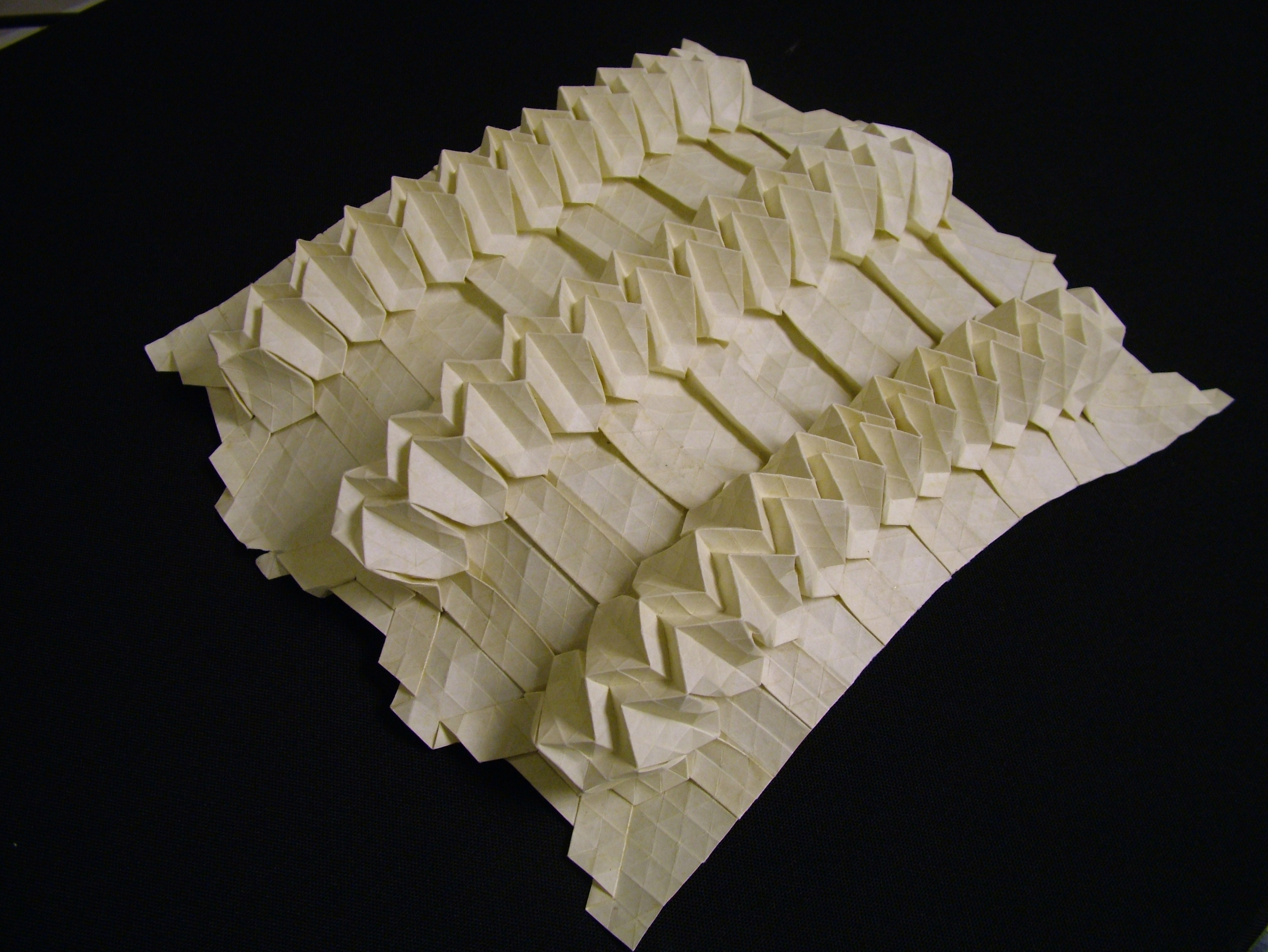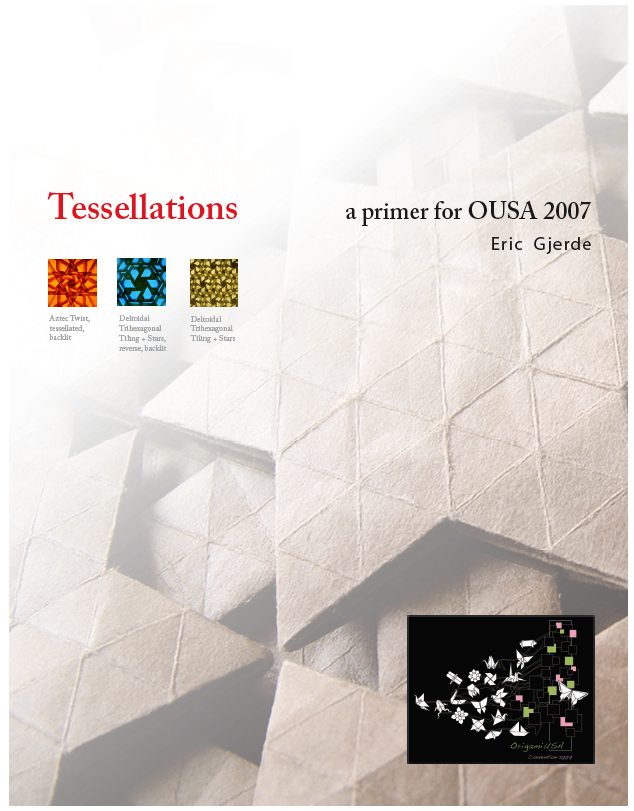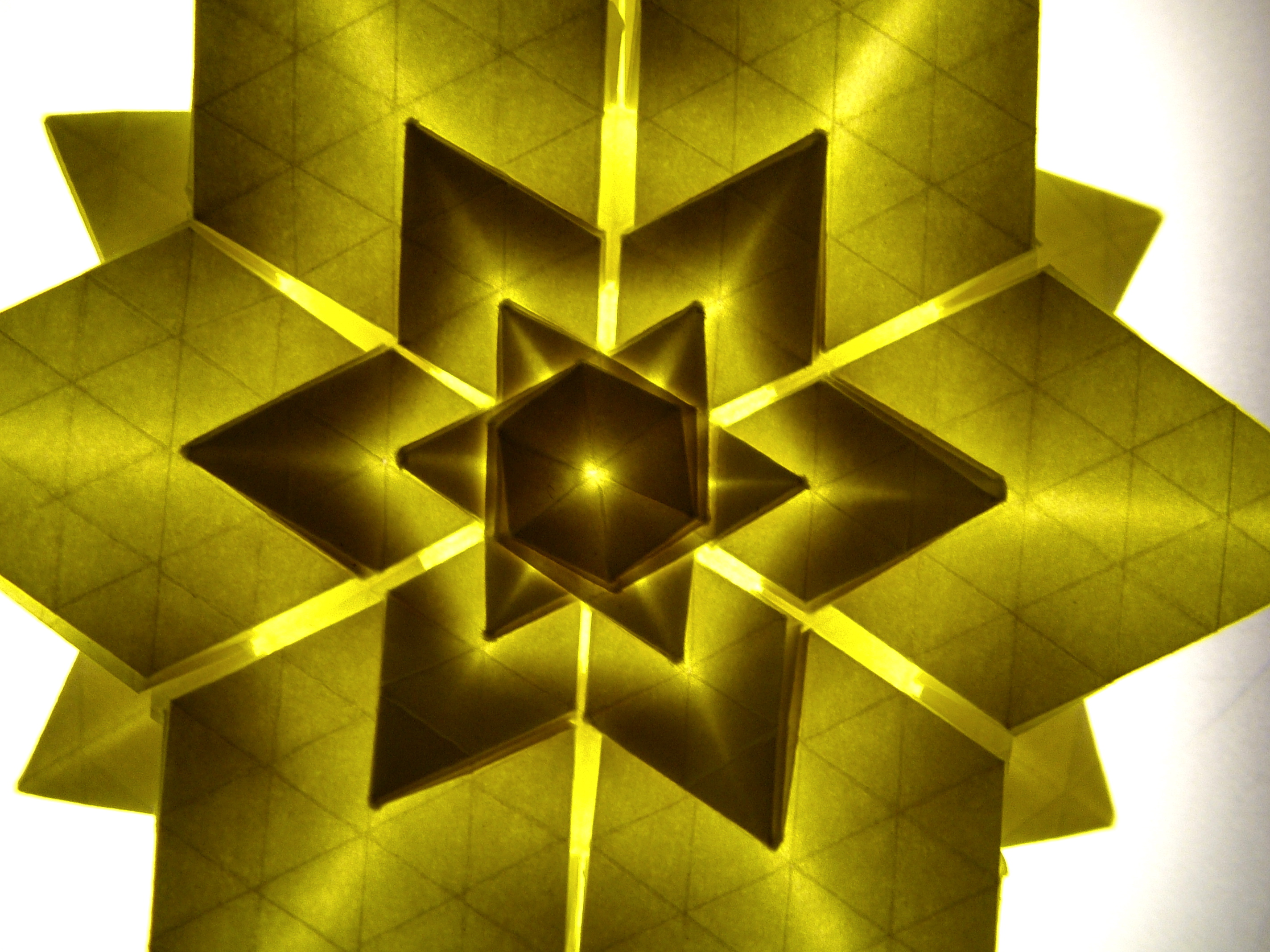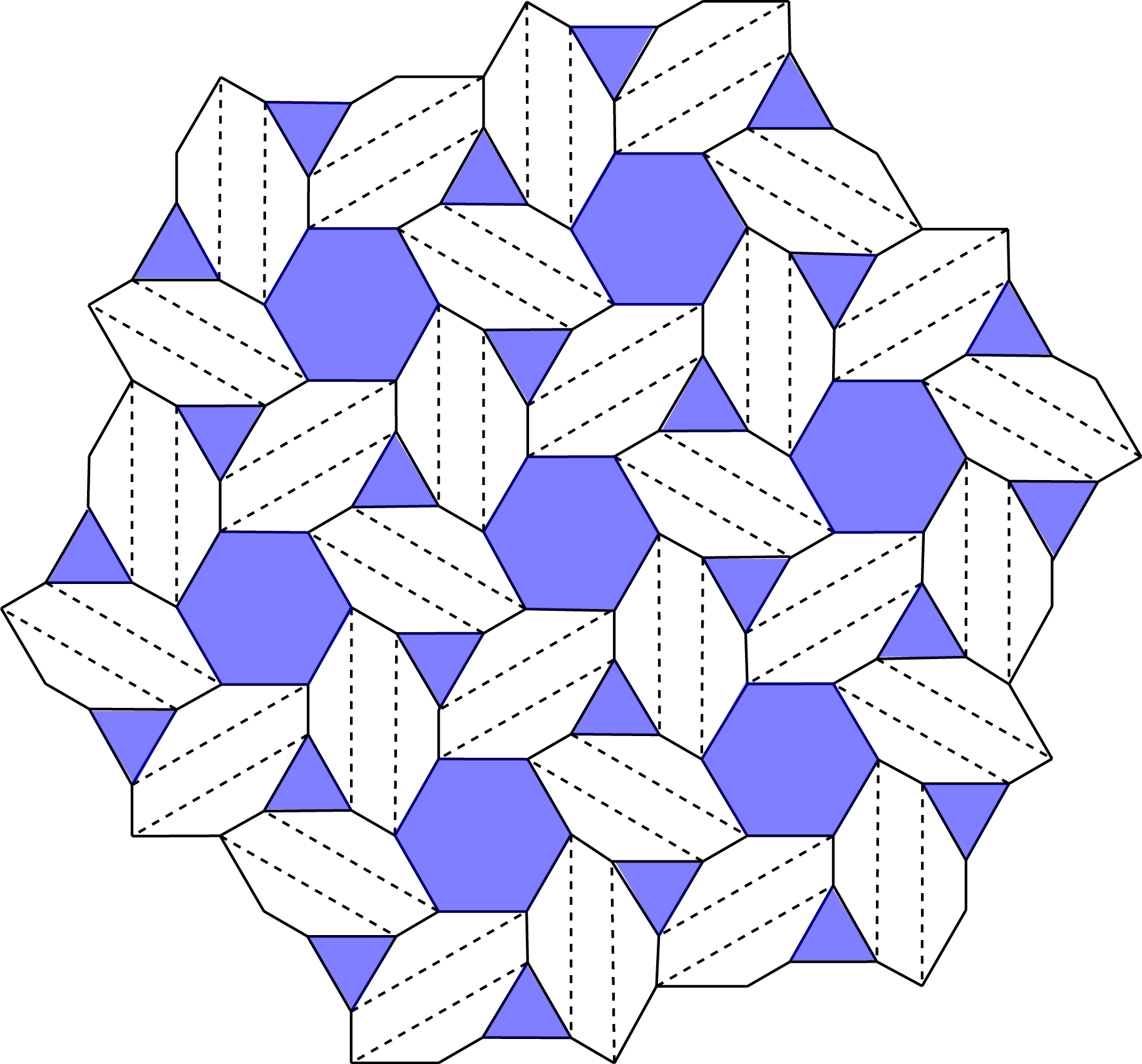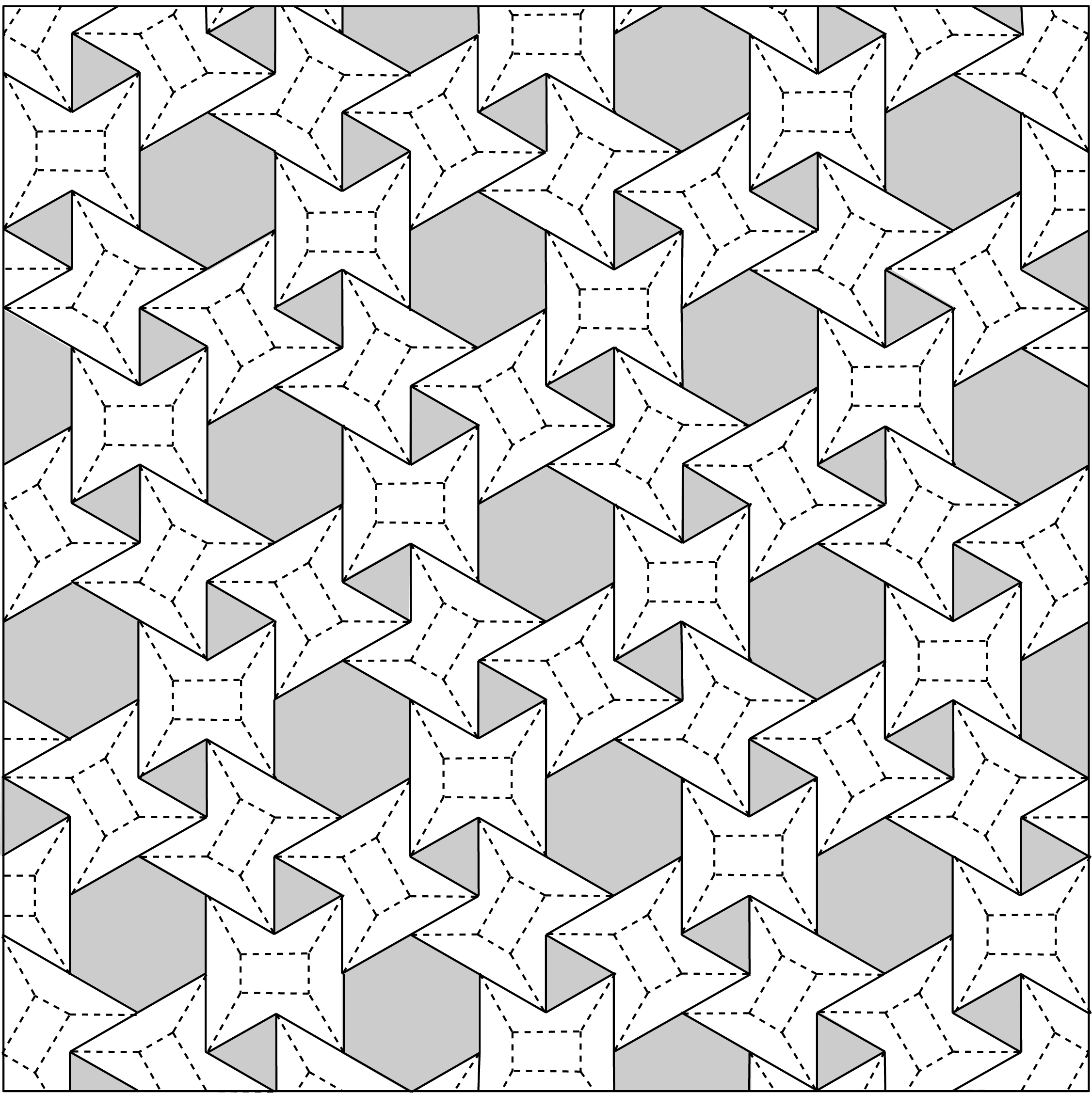Vertebral Stretch – 3D Wigglies
I’ve been experimenting with this three dimensional folded structure for a little while now, and for reference I’ve created a simple crease pattern in case anyone wants to fold this. You can grab one of two versions – one on a grid, and one without. They are much smaller versions meant for reference understanding; just expand the construct to make it larger. https://www.origamitessellations.com/docs/3D_wigglies.pdf The version superimposed on a grid: (sorry for the misalignment, this was done for reference purposes only, not for publication anywhere!) https://www.origamitessellations.com/docs/3D_wigglies_grid.pdf I hope you enjoy, and if you fold one of these please send me a photo! I’d love to see how it turns out.
